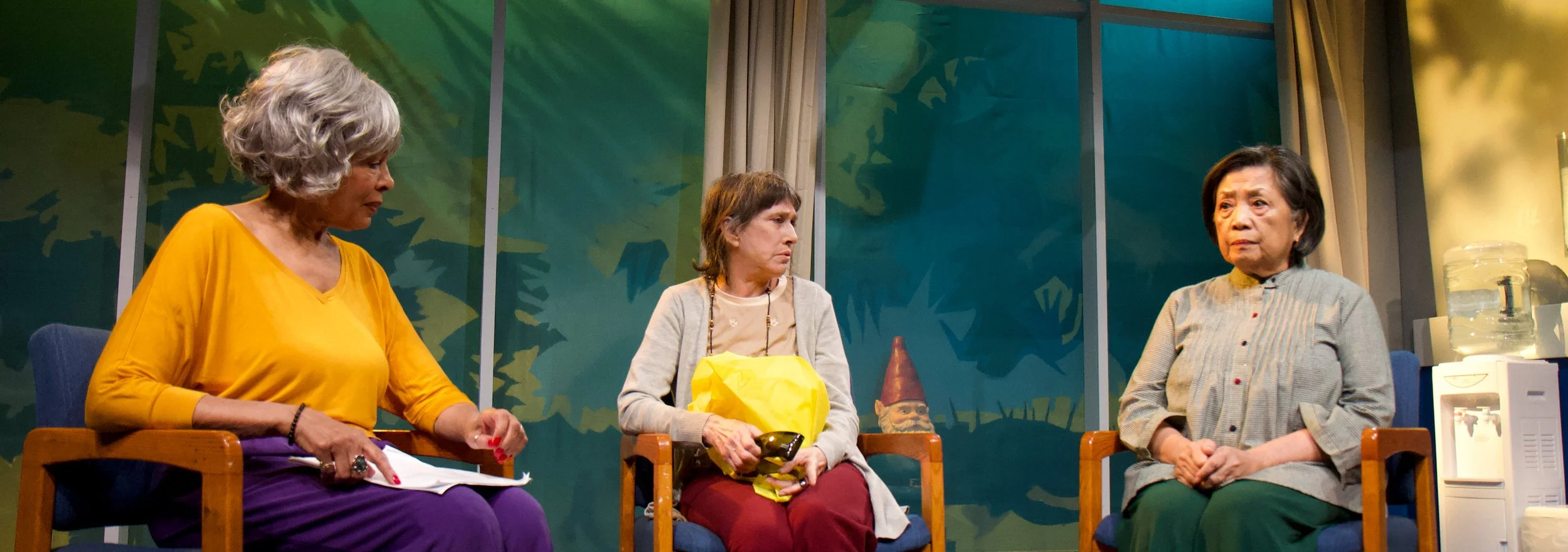First off, let's get one thing straight: If you're going to tell the story of your life, you better remember your lines. Unfortunately, Kimberlee Auerbach had to call for her lines not once but three times during the performance of her one-woman show, Tarot Reading: Love, Sex, and Mommy, that I attended, where next to me sat a prompter wielding a flashlight and a script. Tarot Reading is ostensibly the tale of a 32-year-old woman's struggles to find an empowered sense of self- and sexual enlightenment in the face of her family's eccentric and often excessive demands. There is even a "lesson" at the end: After recounting the myriad tribulations of junior high, three failed relationships, and two near-death experiences, Auerbach concludes, "I know myself, and everything's going to be OK."
In reality, however, the show only convinces us that its protagonist has a painful lack of self-awareness. When the tarot card reader, projected onto a video screen behind her, tells Auerbach that she will not be playing with a full deck, there seems to be little recognition of what this may imply.
At another moment in the piece, Auerbach replays her 15 seconds of fame as a teen model in a commercial for Le Clic, an instant camera produced by a company her father ran. In another segment, her mother, projected onto the screen in all her botoxed glory, hisses that she turned down a scholarship from the Yale School of Drama. The privileged Auerbach appears entirely consumed in a culture that consumes, locked in schlock, unable to gain any critical distance between her self and the insecurities she might have parodied.
All of her problems have readymade solutions. When she gets crabs from a one-night stand, she simply goes to the pharmacist; when she catches a mysterious numbness from a flu shot, she visits the doctor and her ailment goes away. This, along with a few humdrum relationships, is what ignites Auerbach's epiphany about how she will overcome life's adversities. My friend quipped when we left the theater, "Worse things have happened to me






